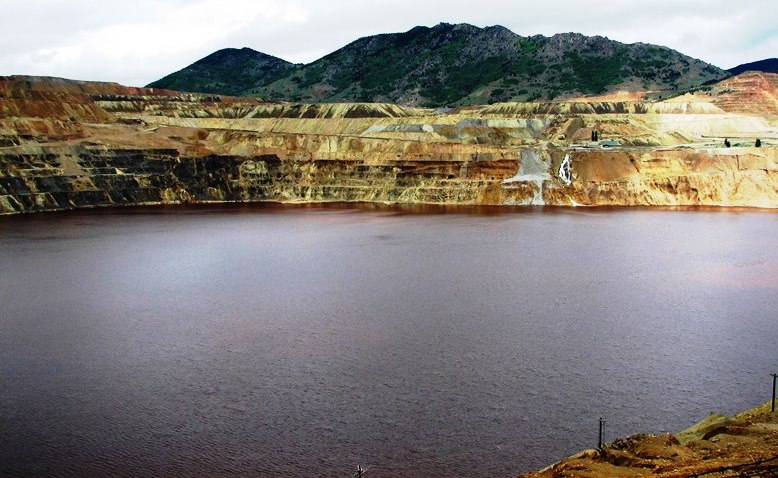As first documented in the 2002 book, The Restoration Economy (the writing of which started in 1996, the year after the USEPA Brownfields Program was launched), the Environmental Protection Agency‘s brownfields remediation and redevelopment support activities are probably the single most effective and efficient use of federal funds ever invented. Around the country, ROIs (return of investment) as high as 44:1 (Minnesota) have been recorded.
Due to extensive, long-term mining activity, the state of Montana has a large number of Superfund sites. Superfund is another EPA program designed to clean up some of the nation’s most contaminated land and responding to environmental emergencies, radioactive contamination from nuclear power sites and fuel processing facilities, oil spills, metals mining and natural disasters.
Those Superfund projects have done much to boost the Montana economy and reduce public health hazards, but Montana hasn’t traditionally used the brownfields program as extensively as have opther states. Many local leaders now want to rectify that situation.
Economic development agencies all around Montana want to use the brownfields program bring contaminated-but-commercially-viable properties back to life, rather than letting them continue to blight communities.
One Montana city that has benefited from the brownfields program is Havre. Paul Tuss, Executive Director of the Bear Paw Development Corporation, said there is “no better economic development tool in our toolbox” than brownfields.
Tuss gave the example of the Short Stop, a former gas station and convenience store, where subsequent to its closure it was discovered there was a “very significant” petroleum leak coming from underground.
“It’s a prime location, a great property,” Tuss said. “We used the funds to mitigate and eradicate the contamination, we took the soil that had been contaminated with petroleum and replaced it with clean soil. The reality is that is a property that would have remained unusable because no one could receive financing on it if the contamination wasn’t cleaned up. We went to work to clean it up, and it has transitioned into Havre’s newest real estate office. We’ve transitioned a convenience store into a very nice, modern real estate office.”
Another example Tuss gave was of an old corner gas station across the street from his office that is now becoming a brewery. “It’s a real 1930s Art Deco kind of gas station,” Tuss said. “The contamination was discovered and has been cleaned up, and we have an entrepreneur who is transitioning it into a microbrewery… We’re turning a property that is almost worse than worthless and making it part of the vibrancy of downtown Havre.”
“That’s the whole purpose of Brownfields. It’s an economic development tool that communities can use to not have to build something new but take something that’s already there, cleaning it up and reusing it in a productive way,” he concluded.
Photo of the highly-toxic Berkelty Pit copper mine in Bitte, Montana (which kills thousands of migrating waterfowl annually) by Storm Cunningham.

